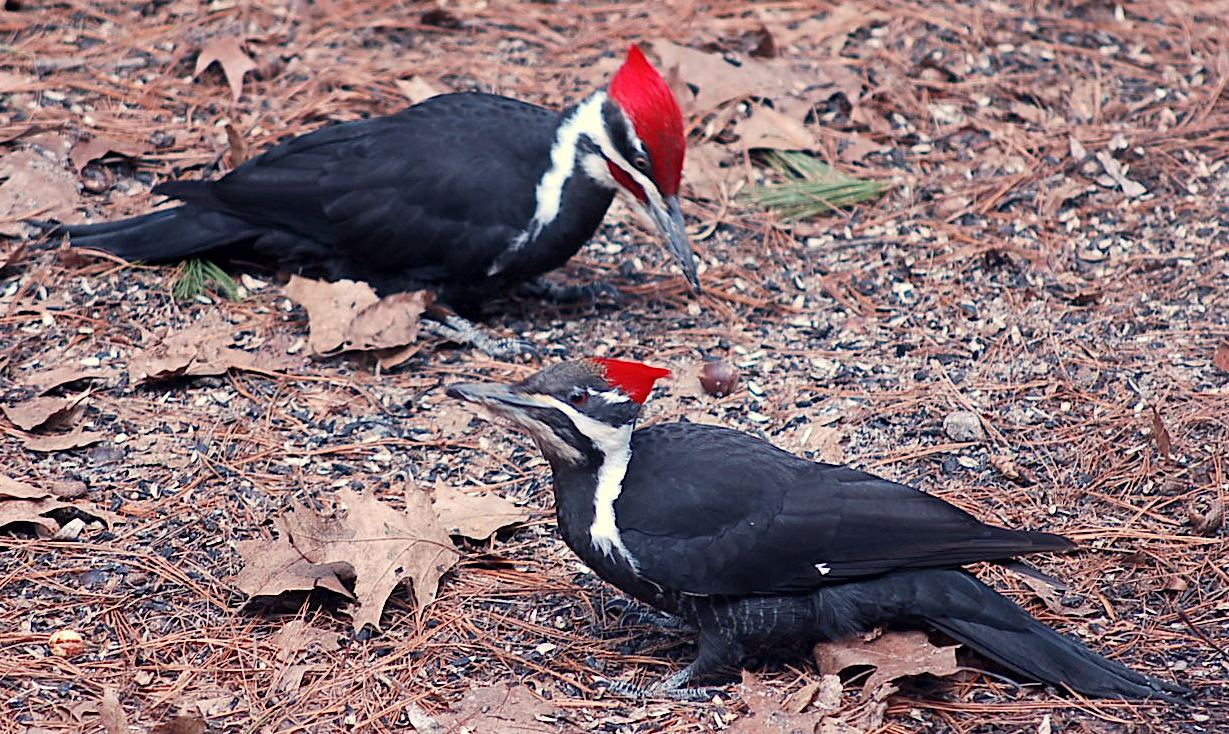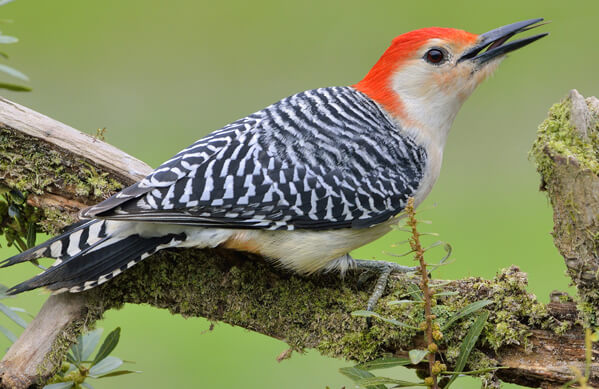Recognizing Woodpeckers in Florida: Habits, Types, and Habitats
Recognizing Woodpeckers in Florida: Habits, Types, and Habitats
Blog Article
Woodpeckers Unleashed: Discovering the Wonders of These Skilled Tree Mountain Climbers
Woodpeckers, with their distinctive markings and balanced drumming echoing through wooded locations, hold a distinct area in the avian world - Woodpeckers in Florida. As we dig into the complex information of woodpeckers' nesting routines, feeding methods, and the ongoing conservation initiatives to secure these exceptional birds, a much deeper appreciation for their location in nature unfolds.
Anatomy and Adaptations
When examining the anatomy and adaptations of woodpeckers, one can observe amazing functions that allow these birds to thrive in their specialized environmental specific niche. Furthermore, woodpeckers have zygodactyl feet, with two toes facing forward and 2 dealing with backward, giving a firm hold on tree trunks while they browse for food or drum for interaction.
Moreover, woodpeckers have an unique tongue framework that is long, barbed, and sticky, allowing them to draw out pests from holes in timber. This specific adjustment permits woodpeckers to make use of a food source that is inaccessible to several various other bird types. In general, the composition and adaptations of woodpeckers display the exceptional transformative options that have allowed these birds to grow in their arboreal environment.
Drumming Habits
Having actually checked out the composition and adaptations of woodpeckers, the focus now moves to comprehending their drumming behavior, a distinctive element of their interaction and territorial displays. Drumming is a crucial kind of interaction amongst woodpeckers, serving numerous functions such as developing territories, bring in mates, and signaling alarm. Each woodpecker species has an unique drumming pattern that aids individuals recognize members of their very own varieties and differentiate them from competitors or killers.
Woodpeckers produce drumming audios by swiftly pecking on powerful surfaces such as dead trees, utility poles, or also steel items, developing a series of balanced beats. The intensity and speed of drumming can vary based on the function; as an example, a quick drumming series may represent aggression towards intruders, while a slower and softer drumming pattern might show courtship (Woodpeckers in Florida). In addition, woodpeckers might readjust the regularity and period of their drumming to communicate specific messages effectively
Nesting Habits
Discovering the nesting habits of woodpeckers reveals fascinating understandings right into their reproductive habits and environment options. Woodpeckers are understood for their unique nesting preferences, commonly digging deep into dental caries in trees to create sheltered rooms for increasing their young. These dental caries serve not only as a nesting site but click this link additionally as a protected refuge from killers and stormy climate.
Woodpeckers display a high level of integrity to their nesting sites, frequently going back to the same location year after year. This behavior highlights the relevance of appropriate habitat schedule for their reproductive success. The selection of a nesting site is crucial for woodpeckers, with variables such as tree varieties, height, and degeneration stage playing significant roles in their decision-making procedure.
Remarkably, some woodpecker varieties are recognized to excavate multiple cavities within their region, offering themselves with different nesting alternatives. This technique might work as a kind of insurance versus prospective risks or disturbances to their primary nesting site.

Feeding Methods
One of the most distinctive feeding behaviors of woodpeckers is drumming, which includes fast pecking on trees to discover insects below the bark. Woodpeckers are likewise known to excavate cavities in trees to gain access to covert insect larvae or sap. Some types, like the acorn woodpecker, store nuts in specifically produced holes called granaries.
Preservation Efforts
Amidst the complex feeding methods exhibited by woodpeckers, the preservation efforts aimed at guarding these fascinating birds play a critical role in preserving their habitats and populations. Woodpeckers face different threats to their survival, including environment loss due to deforestation, climate change altering their ecosystems, and accidents with manufactured structures such as structures and lorries - Woodpeckers in Florida. Conservationists are proactively functioning to resolve these obstacles and make sure the long-term well-being of woodpecker species

Education and learning and public awareness campaigns are also essential components of woodpecker preservation efforts. By increasing recognition about the significance of these birds in preserving healthy woodland ecosystems, preservationists can garner assistance content for environment conservation campaigns and promote accountable land monitoring methods. Through joint initiatives between researchers, policymakers, and local neighborhoods, we can collaborate to safeguard a future where woodpeckers thrive in their all-natural habitats.
Conclusion

Report this page